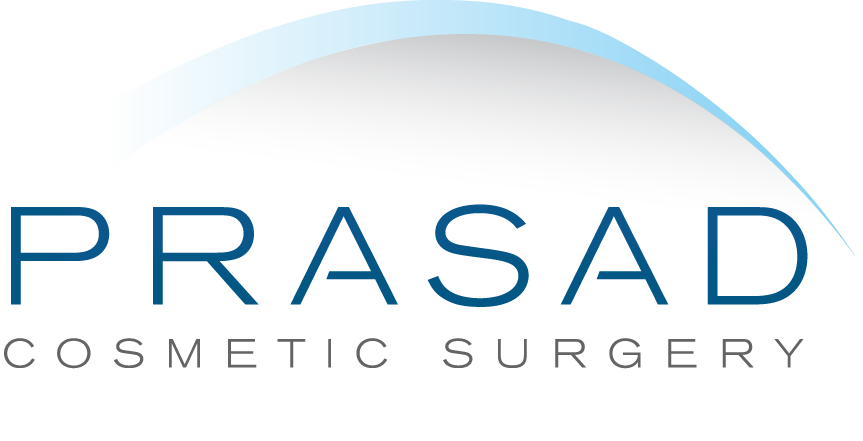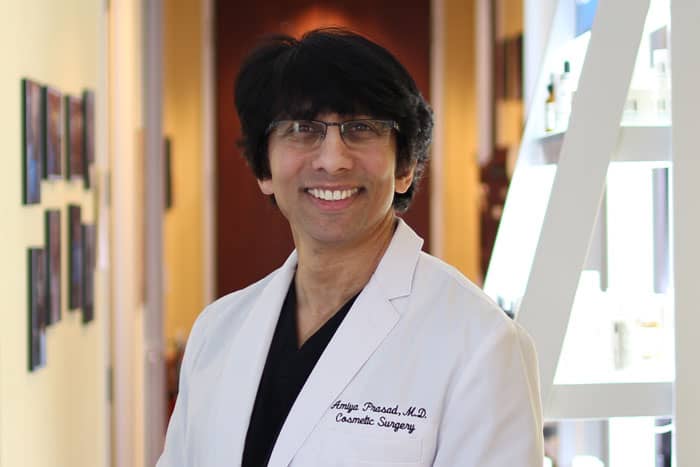Ear Pinning Surgery: Techniques to Minimize Prominent Ears Regression
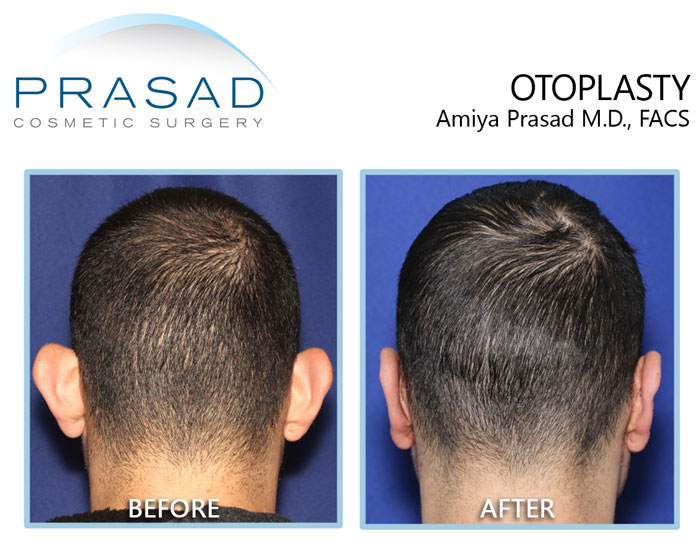
Otoplasty or ear pinning surgery can be a life changing procedure for people who have been self conscious about their prominent ears. Sometimes, a few months after having their ears pinned back with surgery, people notice that their ear position regresses and becomes prominent again. This might be frustrating after spending time and money on the treatment and recovery. In my experience, surgeons can reduce the likelihood of severe regression of prominent ears following surgery by selecting treatments that are most effective in establishing long-term stability.
I have been performing cosmetic ear surgeries throughout my career. Ear cosmetic concerns, such as prominent ears, elongated or larger earlobes, are frequently discussed during facelift surgery consultations. In addition, I see patients routinely for earlobe deformities after facelift surgery such as a “pixie ear” deformity. Furthermore, because many individuals come to our office for treatments from all over the world, I’ve always prioritized procedures with highly predictable outcomes, and maximum longevity.
Understanding Otoplasty Regression: Causes and Solutions
In order to understand why some people experience regression of their otoplasty procedure, it’s important to understand the different aspects of the ear which contribute to ear prominence, and the appropriate procedures that address, and prevent regression. This doesn’t mean that some regression can occur with appropriately performed surgery. Furthermore, improvements may be required because the healing process has an impact on the final appearance.
When I examine the ear, I divide it into thirds: upper, middle, and lower. The upper third may be obvious due to underdevelopment in an area known as the antihelical fold. The center third is known as the conchal bowl. Prominence in this location may be linked to a condition known as conchal bowl hypertrophy. Last is the lower third which is the earlobe.
Ear Pinning Surgery Before and After
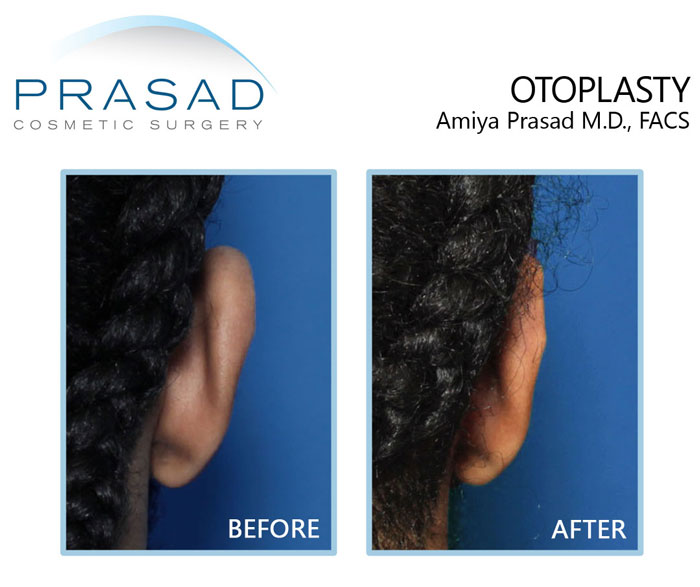
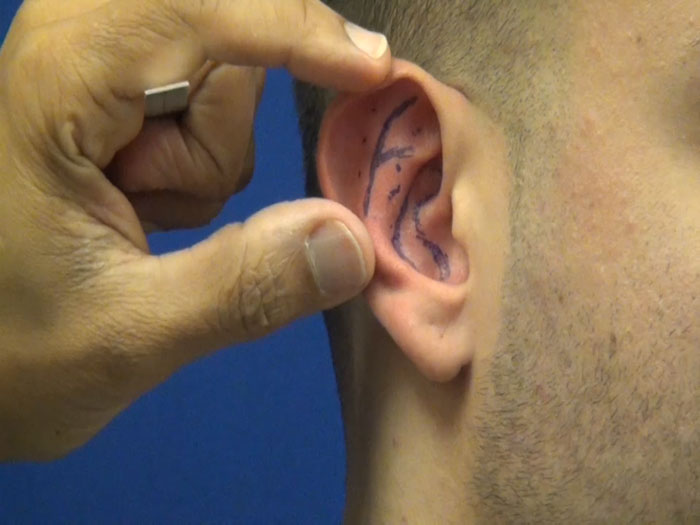
Ear Pinning Surgery Process
Planning ear pinning surgery involves taking numerous measures to advise the sorts of surgery to be performed. For example, in the absence or limited development of the antihelical fold, surgery is undertaken to weaken the ear cartilage and install permanent sutures known as Mustardé sutures. Sometimes a suture breaks and needs to be replaced, or the cartilage regresses partially due to something called cartilage memory.
The phrase “cartilage memory” refers to the ear cartilage’s limited elasticity and tendency to return to its previous shape. In my experience, this issue is important in managing the middle portion of the ear, which is characterized by conchal bowl hypertrophy. This simply means that there is too much cartilage present, which is pushing the ear further outward than is desirable.
Surgical Techniques
In most cases, I remove or resect a portion of this cartilage. Some surgeons prefer to use sutures to draw this cartilage toward the scalp, which I believe increases the probability of relapse owing to cartilage memory. Finally, minor skin excision can be used to improve the location of the earlobe without causing any cartilage issues.
Recovery from Ear Pinning
As mentioned earlier, some drift in the position of the ears can occur related to the healing process. As long as there is no obvious asymmetry, most patients are satisfied, particularly when they see their preop photos in comparison.
In my opinion, the look of prominent ears can be addressed by carefully planning and selecting methods that will result in long-term stability. During consultation, it is essential that you, as a prospective patient, comprehend these principles before proceeding with surgery. I hope this information was helpful.
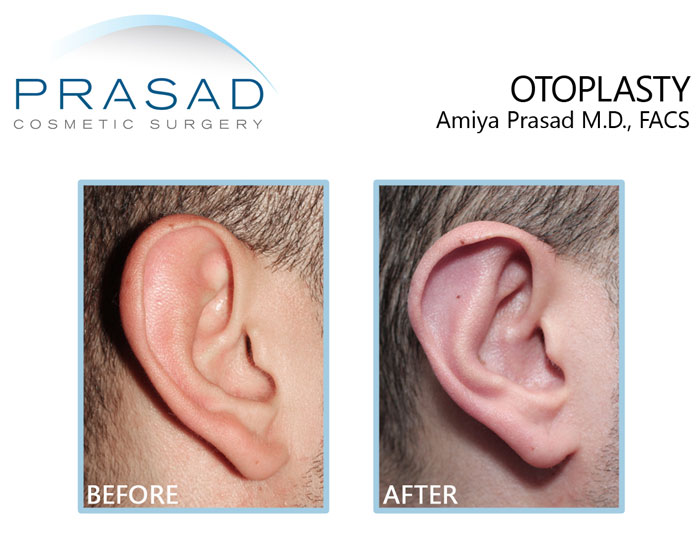
Cosmetic Ear Surgery Manhattan, NYC and Garden City, Long Island
Dr. Amiya Prasad is a Board-certified cosmetic surgeon and a Fellowship-trained oculofacial plastic surgeon. He’s been in practice in Manhattan, New York City, and Garden City, Long Island, New York, for over 25 years. He’s been performing cosmetic ear surgeries throughout his career. To schedule a consultation, fill out the contact form below, or you may call any of our offices at (212) 265-8877 for Manhattan, New York City; (516) 742-4636 for Garden City, Long Island; or (703) 356-1336 for Vienna, Virginia.
